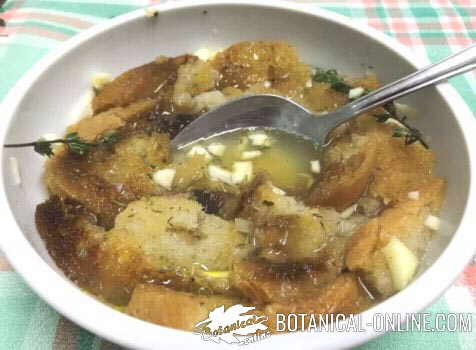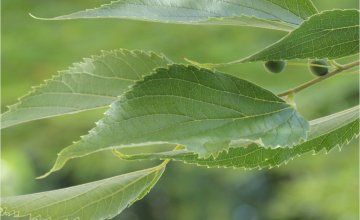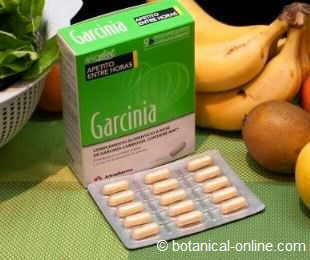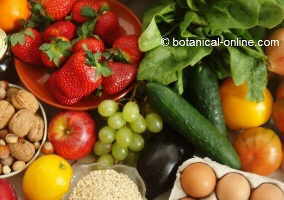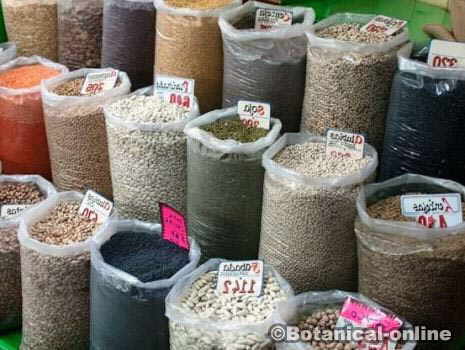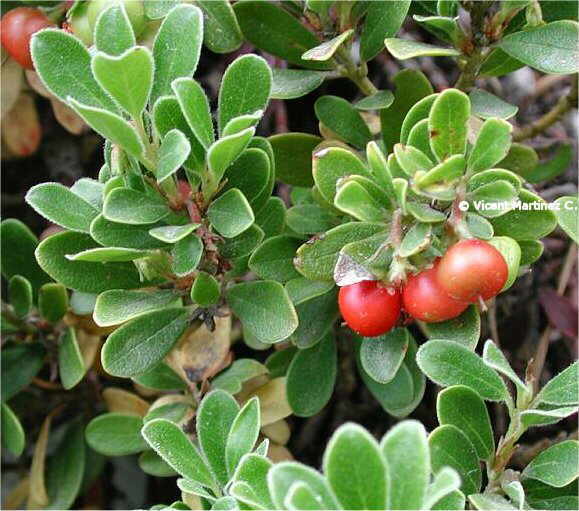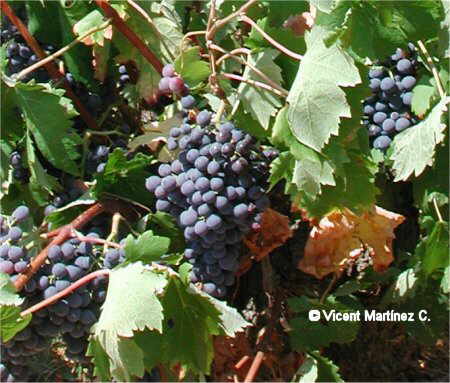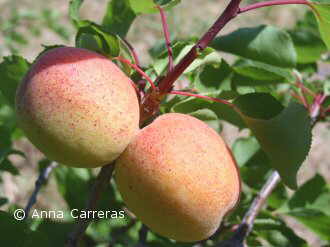HOW TO PRESERVE VEGETABLES
DIFFERENT WAYS OF PRESERVING VEGETABLES
Preserving vegetables makes them available during the months of the year when these are not produced. The main types of conservation of vegetables are:
– Frozen Vegetables: It is done by very low temperatures (-40 º C) after having been collected and washed properly. Most vegetables can undergo this process. Frozen vegetables do not have the same properties as fresh food because many vitamins disappear in the process prior to freezing. (More information on frozen vegetables)
– Vegetables preserved in the heat (tinned vegetables): In this case we have vegetables that have been boiled and introduced into a tin or glass jar. Boiling of these products represents much loss in vitamin C and vitamin B. Besides boiling, salt and many preservatives and coloring agents are added to the cans, many of which can be harmful to human health due to accumulation. Eating plenty of tinned vegetables is less suitable because of its high sodium content, especially for people suffering from fluid retention or hypertension.
If you have no other chance rather than eating these type of vegetables it is recommended to discard the cooking liquid inside the jar or can and rinse the vegetables very well with water. If we want to use this method of conservation, it is even better to prepare our own home-canned vegetables.
– Pickled Vegetables: These vegetables have been preserved in vinegar. Among these we could include, for example, pickled onions or pickled cauliflowers. They also contain a high amount of sodium. Too much sodium can cause many physical abnormalities.
The excess of vinegar is not convenient for health since the acetic acid containing vinegar, used in excess, attacks the liver, and can produce hepatic failure, and can damage the intestinal mucosa and induce the appearance of gastritis or heartburn. Excess of vinegar also attacks the tooth enamel and can promote tooth decay.
Therefore, this type of vegetables should not be eaten by people suffering from the above problems and the rest of the population should use them very from time to time and in small amounts. Before eating them, they should also be washed with water to remove excess salt and vinegar (More information about pickles)
– Fermented vegetables: fermentation of vegetables is a conservation process that preserves food fermentation process on the basis of the food itself, by certain bacteria that release lactic acid and to a lesser extent, acetic acid in the metabolism of the carbohydrates. Therefore, these foods have a so characteristic vinegary taste. Among the foods that use this process we have sauerkraut or sauerkraut, fermented cucumbers or fermented beans.
These are foods that are widely used in northern and central Europe in cold countries where it is difficult to get fresh vegetables. Many of these foods were used by sailors from all over Europe while traveling to distant lands to provide a reserve of vitamin C to prevent scurvy.
Unlike previous preservation processes, such conservation does not eliminate the vitamins, but even increases some of them, especially vitamin C. However, since too much salt is used in the preparation of these foods, they have similar drawbacks as mentioned for canned or pickled vegetables.

Corn salad preserved in a plastic bag according to the method of preservation of the fourth generation
– Fourth generation vegetables: These are vegetables preserved in vacuum plastic bags or trays ready to be consumed directly. Previously, the company has cleaned and chopped the product. Subsequently the oxygen has been removed and the product has been packed in nitrogen that prevents the formation of microorganisms.
With this, the consumer can have a fresh and prepared food to be eaten cold in salads, so only oil and salt must be added.
There is abundant variety of lettuces, endives, carrots, celery, etc. on the market available using this method of vegetable preservation. Equally interesting are combinations of various vegetables that can be eaten raw or cooked without having to prepare beforehand. It is therefore a way of preparing vegetable in a healthy way that saves a lot of time to people who do not have much time to cook.
The main disadvantage for consumers is that its price is higher than that of fresh or frozen vegetables.
Unlike tinned products, this type of vegetables have not undergone any cooking process, thus they have all the vitamins of the original plant. However, to maintain all its properties, it is important to keep them in the refrigerator without becoming frozen (hold on about 2 or 3 º C). Their preservation time is shorter than that of the frozen ones, since they should be eaten within a week.
At the moment the bag is opened, they must be consumed as quickly as possible since they lose their protection and may develop bacteria or molds.
![]() More information about vegetables
More information about vegetables

